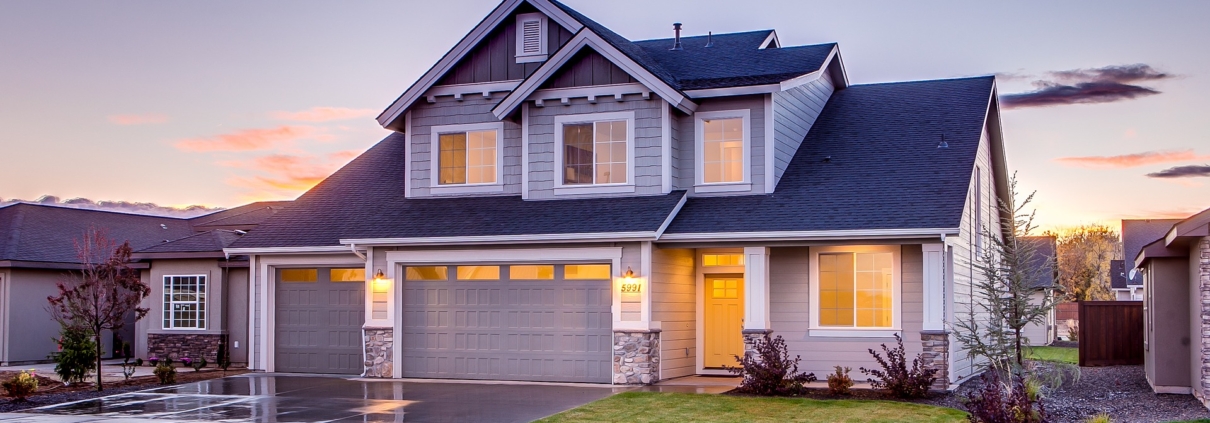A condo inspection and a home inspection typically cover very similar areas. In a tower, certain spots may be left out if the inspector can’t access them, but in a more personal unit, you can often have a full home inspection. Since the exterior of your condo isn’t your responsibility, an exterior inspection can give you leverage to negotiate the final price of your home. Finally, it can provide more insight into how well-maintained the property is.
FULL INSPECTION
A full inspection covers both your unit, and any attics, crawlspaces, exteriors, parking garages, and basements. If possible, your inspector will also do an assessment of the roof. While the exterior of your condo isn’t your responsibility, you can use the information gleaned from a full inspection to provide to your HOA for repairs.
INTERIOR-ONLY INSPECTION
An interior-only inspection only covers the inside of your personal unit. Attics, crawl spaces, exteriors, roofs, common areas, parking garages, or staircases and railings are not included in an interior-only inspection. If you live in a high-rise tower where it may be more difficult to access certain parts of your home (like the exterior), an interior-only inspection is most ideal. If your inspector finds a leak from the roof of a top-floor unit, or damage done due to wood destroying organisms, you can report this to your HOA for repairs.

